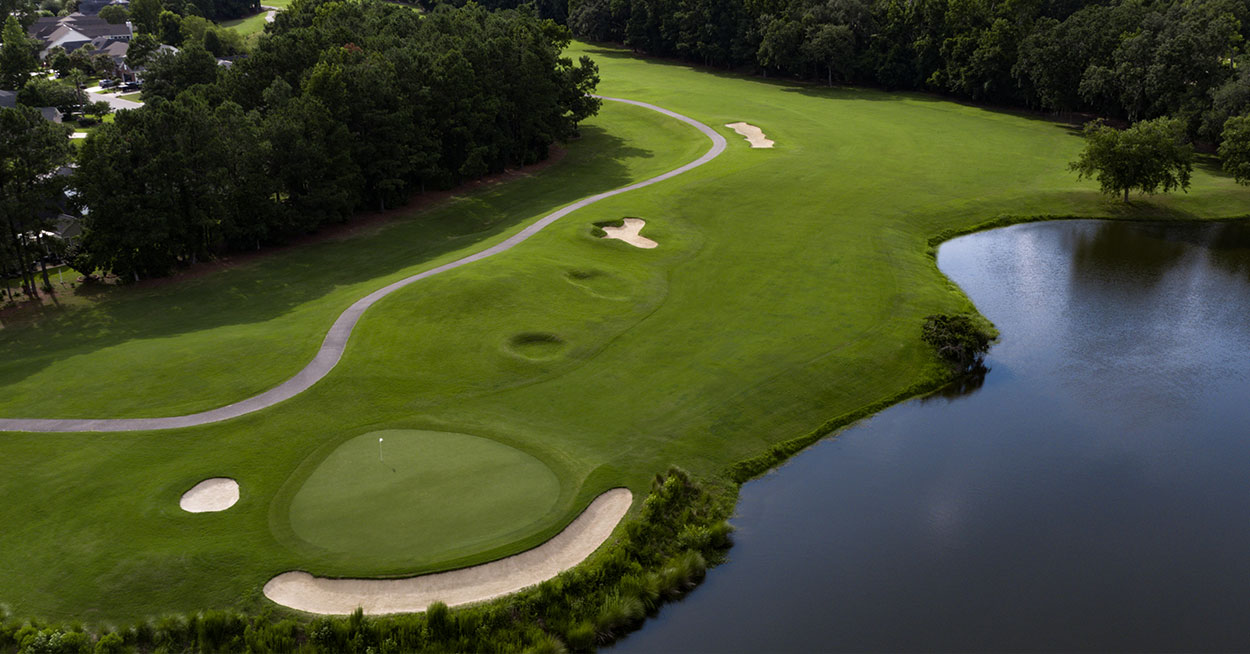

New Greens Coming to Myrtle Beach Area Golf Courses – July 13, 2018
NEW GREENS TO DEBUT LATE SUMMER:
- Glen Dornoch Waterway Golf Links
- Diamondback Golf Club
- Myrtlewood Pinehills
- Sandpiper Bay (Bay 9)
- Tradition Club
- Legends Moorland
- Brick Landing
- International Club
- Panther’s Run
WHY WAS THE WEATHER A PROBLEM?
Courses in Myrtle Beach, like those throughout the region, have largely transitioned to Bermuda grass greens. A warm weather grass, Bermuda is well suited to the sub-tropical climate along the South Carolina coast, but extended periods of cold weather, while rare, can be problematic.
With that in mind, it’s not hard to figure out why the weather in January contributed to conditioning challenges this spring.
WINTER WAS NOT OUR FRIEND:
You may have heard about the challenges our courses experienced this year.
The winter of 2018 wasn’t abnormally cold, but it was one of historic extremes. Those fluctuations, which saw temperatures plunge in January and soar in February, created challenging conditions for golf courses throughout the Carolinas.
How wild was the weather? Myrtle Beach saw average high temperatures of 33 degrees during the first week of January and 80 during the third week of February, and both, when occurring in the same season, create problems.
WINTER WARMTH!?!
When temperatures averaged 80 degrees in February golfers (and us locals) were delighted, but it stirred the Bermuda grass to life, using precious energy that went for naught when another cold snap sent the grass back into dormancy. Normally, that warm weather wouldn’t be a problem, but the stress placed on the grass by the January freeze, which included an ice storm, left some greens vulnerable to the loss of stored carbohydrates brought on by the unexpected warmth.
LOOKING AHEAD … EXCELLENT CONDITIONS
Conditions along the Grand Strand this summer are very good. Warmer weather has allowed conditions to improve immensely over the last 2 months and will continue to do so.
The fall golf season is setting up to be ideal. The courses that are currently installing new greens will be open and in premier condition.
What that means for your golf group is that fall 2018 is the perfect time for your next golf vacation.



